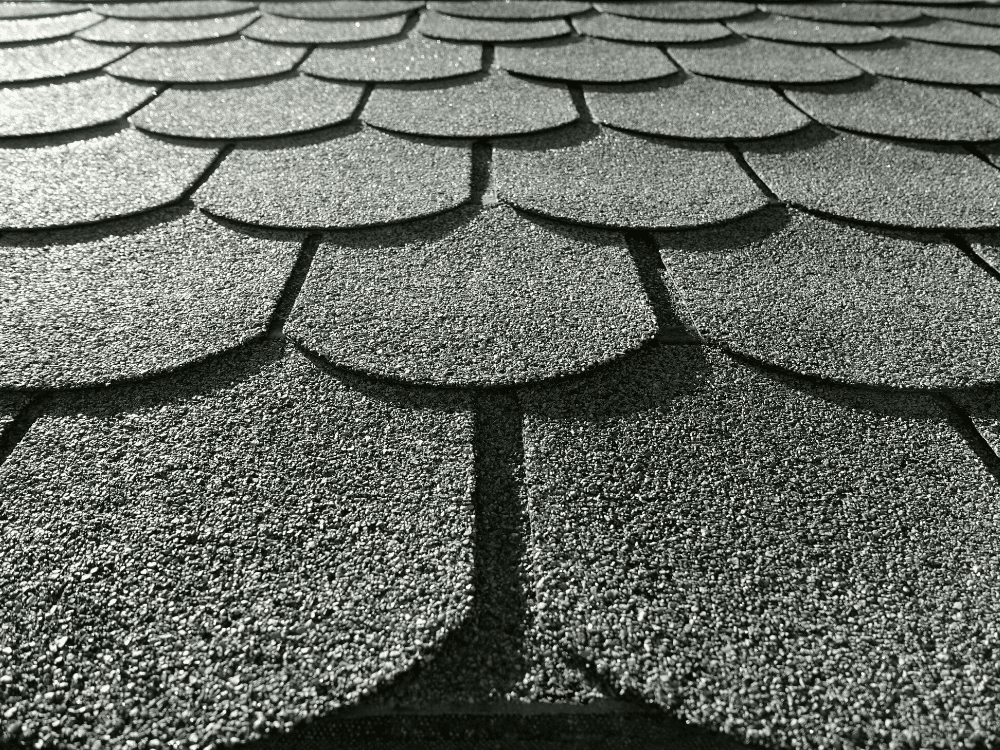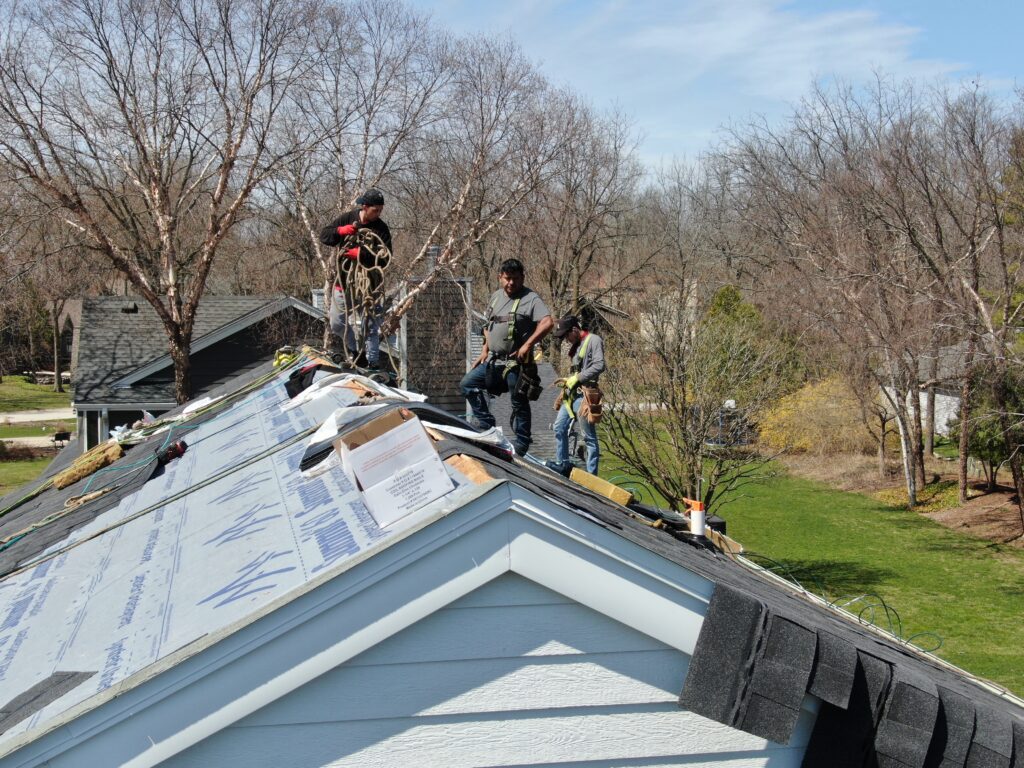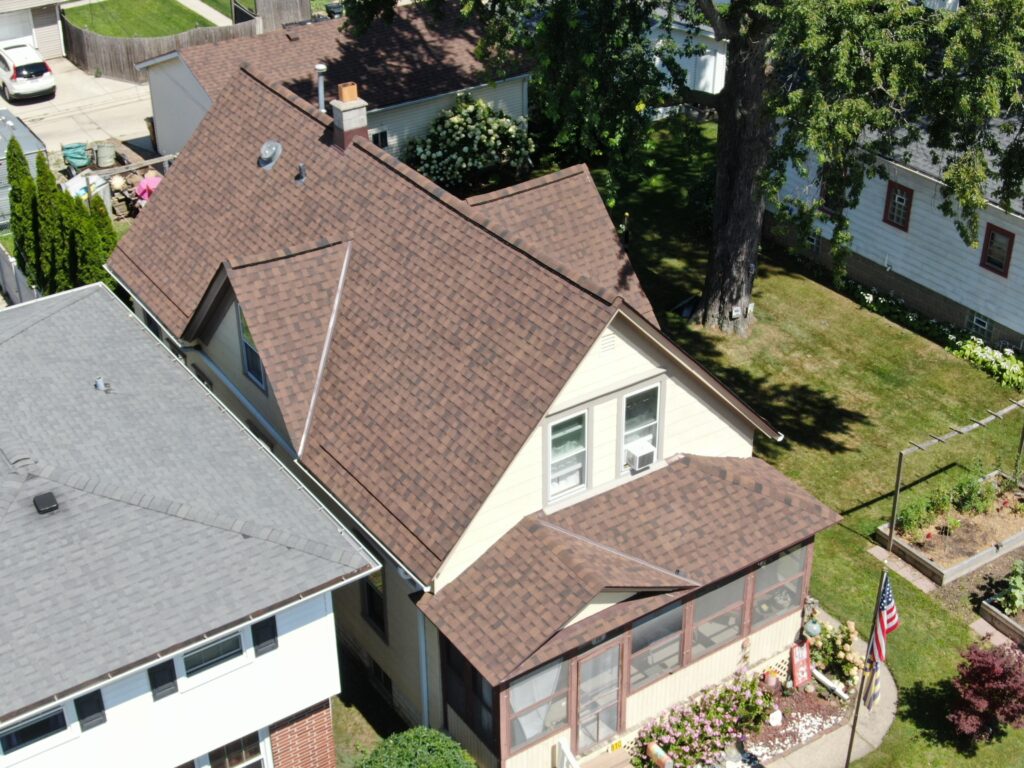Factors That Increase Roof Replacement Costs (8 Things)
Replacing a roof is a significant investment for any homeowner, involving more than just laying down new shingles. Multiple factors can influence the total cost of a roof replacement, making it crucial for homeowners to understand these variables before embarking on a roofing project.
Rescue My Roof has been a leader in the roofing industry for over a decade, preparing homeowners to tackle new roof investments by equipping them with roofing education.
This knowledge ensures preparedness for the financial commitment and helps in making informed decisions when selecting materials and contractors. In this blog, we’ll explore the key elements that determine roof replacement costs. Ultimately, you’ll be able to understand what goes into the cost of your roof replacement.
9 Factors Impacting New Roof Prices
When you’re investing in a roof replacement, it goes beyond simply buying materials. There are many factors that will impact your bottom line.
Here are some of the factors used to calculate the price of your roof replacement:
1. Size of the Roof
The size of the roof is perhaps the most straightforward factor affecting cost.
Roofing contractors typically charge by the roofing square (100 square feet). Therefore, the larger your roof, the more materials and labor will be required, increasing the overall cost.
Don’t know how many square feet you’re working with? No problem! Here is a simple calculation you can use to determine your roof’s square footage.
You’re going to need these three numbers:
- The length of your home
- The width of your home
- And a number ranging between 1.04 and 1.06 (the steeper your roof appears, the higher the number you use)
Using these variables, your calculation is going to look like this:
If your home is 40 feet long, and 25 feet wide, this is the equation you’d use: 40×25=1000
Then, take your answer and multiply it by your steepness variable. I am choosing 1.12
1,000 x 1.12= 1,112 square ft.
Ta-da! A roof for the home with these dimensions would be approximately 1,112 square feet. This number won’t be perfect, but it can give you a general idea.
2. Roofing Materials

The choice of roofing materials can dramatically vary the cost. Asphalt shingles are among the most affordable and popular options, but homeowners might opt for more durable materials like metal, slate, or tile, which come at a higher price point.
Each material offers different levels of durability, energy efficiency, and aesthetic appeal, impacting long-term savings and home value beyond the initial installation costs.
Learn more about how material costs impact roof pricing with “How Much Does A Roof Replacement Cost?”
3. Removal of Old Roof

The process of removing the old roof can be labor-intensive and costly, especially if there are multiple layers of roofing that need to be stripped away.
The more layers, the higher the labor costs. Additionally, the type of material being removed can affect the cost; for example, heavier materials like slate or tile might cost more to remove than lighter asphalt shingles.
It should be noted that removal of old roofing materials becomes more difficult with multi-story homes. If your home is more than two stories, there may be additional costs for material removal.
4. Roof Pitch or Slope

The pitch or slope of the roof is a crucial factor because steeper roofs require more safety equipment and are more challenging to work on than flatter ones. Steeper roofs increase the risk factor for workers, potentially raising the cost due to the slower pace of work and additional equipment needed.
5. Complexity of the Roof Design
Some homes have fairly simple roofs. They don’t have many angles, aren’t too steep, and have a lot of accessibility.
If your roof looks a lot different from this one, (for example a lot of angles and valleys) then it is going to cost more because there will be more time and labor associated with it. A roof with multiple chimneys, skylights, gables, and other features will generally cost more to replace than a simple roof design. Each feature can complicate the installation process, requiring additional time and precision, which can increase labor costs.
To get a vague idea of how the costs will be impacted by roof complexity, use the following list:
- A roof with no penetrations (chimneys, exhaust vents) and no valleys, will be approximately $3.60 per square ft.
- For a roof with a little complexity, maybe some angles, valleys, or a chimney, it will cost approximately $4.70 per square ft.
- For a roof with a lot of complexity- perhaps it is really steep, has a lot of different angles, and a lot of exhaust vents- it will cost, on average, $7 per square foot.
If you recognize your home in the list above, that will give you a good idea of what to expect based on roof complexity alone.
6. Local Labor Rates
Labor costs can vary significantly depending on the region. Factors such as the local cost of living, demand for roofing services, and the number of available roofing contractors can all influence what you’ll pay for labor.
7. Seasonal Influences
The time of year when you choose to replace your roof can also impact the cost.
During peak seasons, prices may be higher due to increased demand. Conversely, scheduling your replacement during the off-season might save you money but could risk delays due to weather conditions.
8. Waste Removal and Disposal
The cost of disposing of old roofing materials can be significant, especially for heavier materials like tiles or metal.
Ensure that the quote you receive from contractors includes the disposal of old materials in a responsible manner, which often involves renting dumpsters and paying landfill fees.
Planning for a Roof Replacement
Understanding these factors can help homeowners budget more accurately and choose the right options for their needs. It’s wise to get multiple quotes from reputable contractors who can provide detailed, transparent estimates that break down these costs.
Remember, the cheapest option isn’t always the best—considering the longevity and durability offered by higher-quality materials and reputable installers can lead to greater savings and less hassle in the long run.
Learn more about planning for your roof replacement with “10 Things To Do Before Your Roof Replacement” and “How Soon Can My Roof Be Done?”
You can also download our Buyer’s Guide to get the ultimate guide to replacing your roof. It has everything you need from financial planning to the final walkthrough, so you know exactly what to expect with your next roof replacement.
Do you need a roof replacement in southeastern Wisconsin? Rescue My Roof has got you covered. Contact us today to get a free roof estimate.


